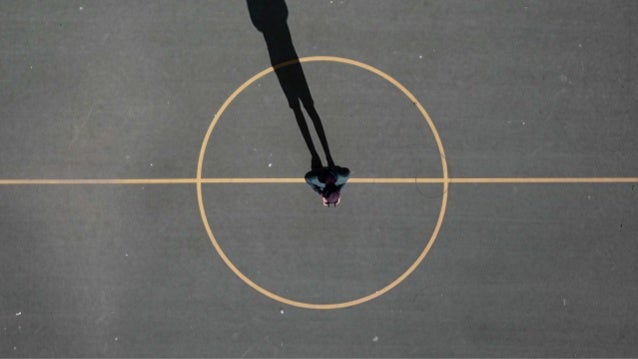

National Archives and DVIDS is "a work prepared by an officer or employee" of the federal government "as part of that person's official duties." In general, under section 105 of the Copyright Act, such works are not entitled to domestic copyright protection under U.S. All of these materials are preserved because they are important to the workings of Government, have long-term research worth, or provide information of value to citizens.ĭisclaimer: A work of the U.S. The Defense Visual Information Distribution Service provides a connection between world media and the American military personnel serving at home and abroad. There are approximately 10 billion pages of textual records 12 million maps, charts, and architectural and engineering drawings 25 million still photographs and graphics 24 million aerial photographs 300,000 reels of motion picture film 400,000 video and sound recordings and 133 terabytes of electronic data. NARA keeps those Federal records that are judged to have continuing value-about 2 to 5 percent of those generated in any given year. National Archives and Records Administration (NARA) was established in 1934 by President Franklin Roosevelt. National Archives and Defense Visual Information Distribution Service. Thus, positive lightning is much more lethal and causes greater damage than negative lightning.The objects in this collection are from The U.S. If you hear thunder, you are close enough to lightning flashes that you could be struck regardless of where the Doppler radar says the storm is located.Īlso, positive flashes are believed to be responsible for a large percentage of forest fires and power line damage.

However, many positive strikes occur near the edge of the cloud or from the thunderstorm's anvil from which a strike can occur MORE THAN 25 MILES AWAY from precipitation. Some positive strikes can occur within the parent thunderstorm and strike the ground beneath the cloud. The flash duration is also longer with peak charge and potential up to ten times greater as compared to negative CG strikes as much as 300,000 amperes and one billion volts! Therefore, electric fields associated with positive Cloud-to-Ground (CG) strikes are typically much stronger than those associated with negative strikes. Since it originates in the upper levels of a storm, the amount of air it must burn through to reach the ground is usually much greater. However, despite a significantly lower rate of occurrence, positive lightning is particularly dangerous for several reasons. Positive lightning makes up less than 5% of all strikes.

Positive lightning strike, copyright by Radek Dolecki - Electric Skies.

These bolts are known as "positive lightning" because there is a net transfer of positive charge from the cloud to the ground. Lightning that forms in this region follows the same scenario as previously described, but the descending stepped leader will carry a positive charge while its subsequent ground streamers will have a negative charge. Some lightning originates in the cirrus anvil or upper parts near the top of the thunderstorm, where a high positive charge resides. However, not all lightning forms in the negatively charged region under the thunderstorm base. The previous section describes what is called "negative lightning", because there is the transfer of negative charge from the cloud to the ground. The Positive and Negative Side of Lightning Positive lightning strike, copyright by Radek Dolecki - Electric Skies.


 0 kommentar(er)
0 kommentar(er)
